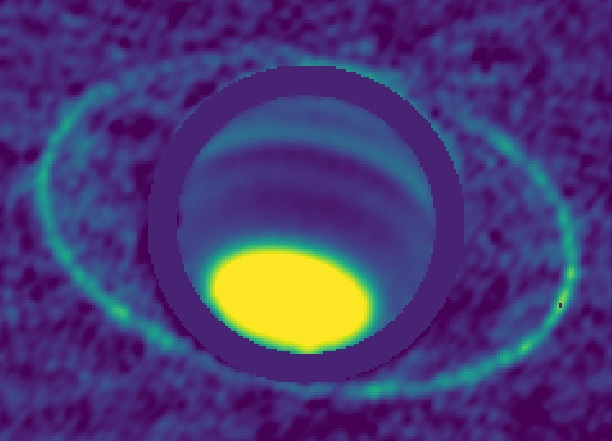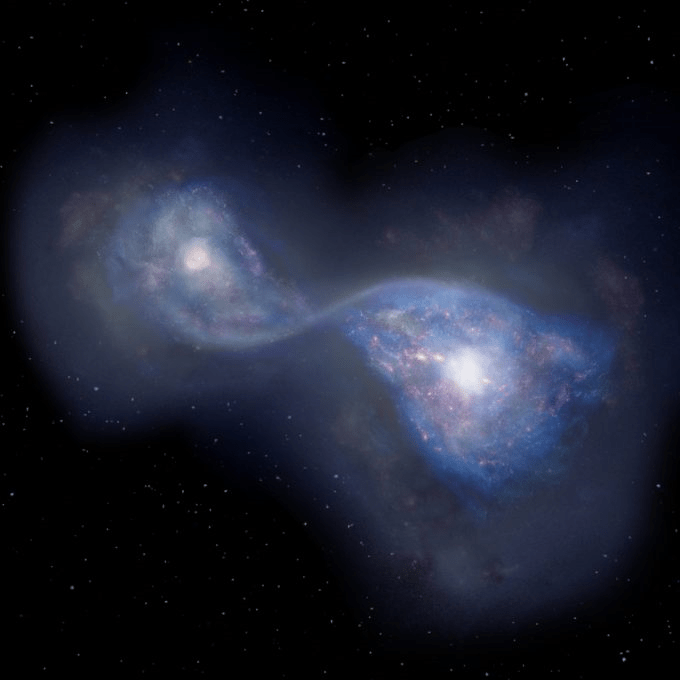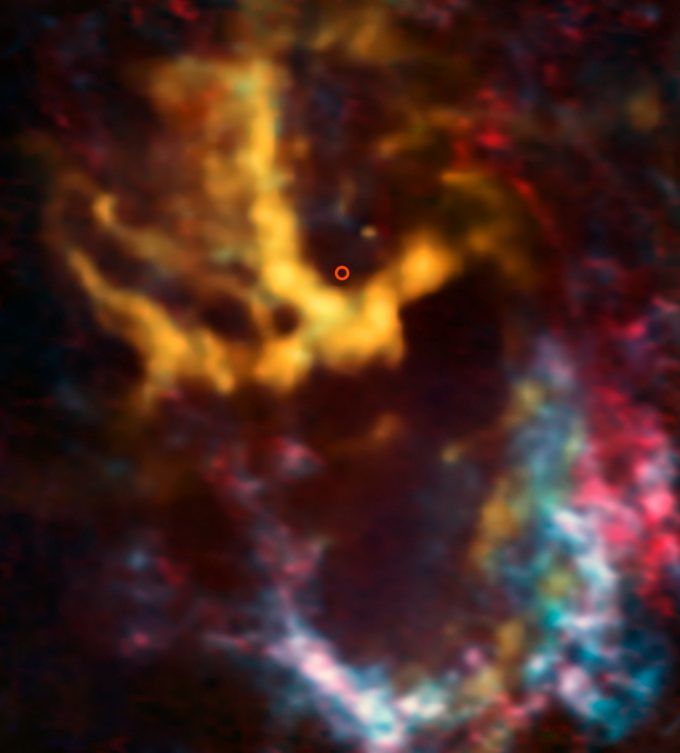In 2017, astronomers used ALMA (Atacama Large Millimeter/sub-millimeter Array) to look at the star AB Aurigae. It’s a type of young star called a Herbig Ae star, and it’s less then 10 million years old. At that time, they found a dusty protoplanetary disk there, with tell-tale gaps indicating spiral arms.
Now they’ve taken another look, and found a very young planet forming there.
Continue reading “This is an Actual Image of a Planet-Forming Disc in a Distant Star System”
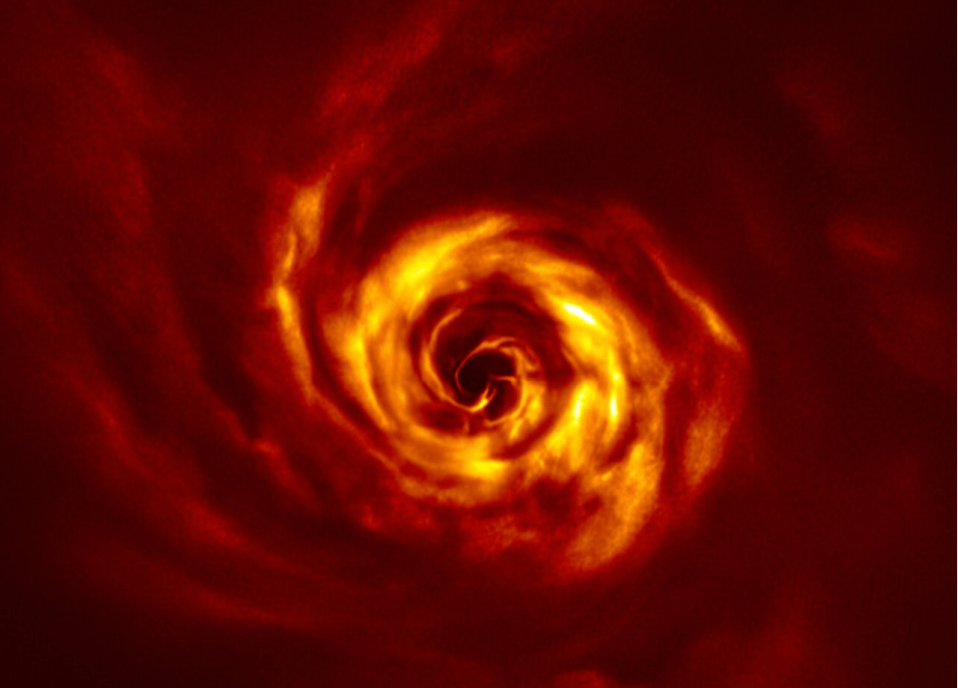
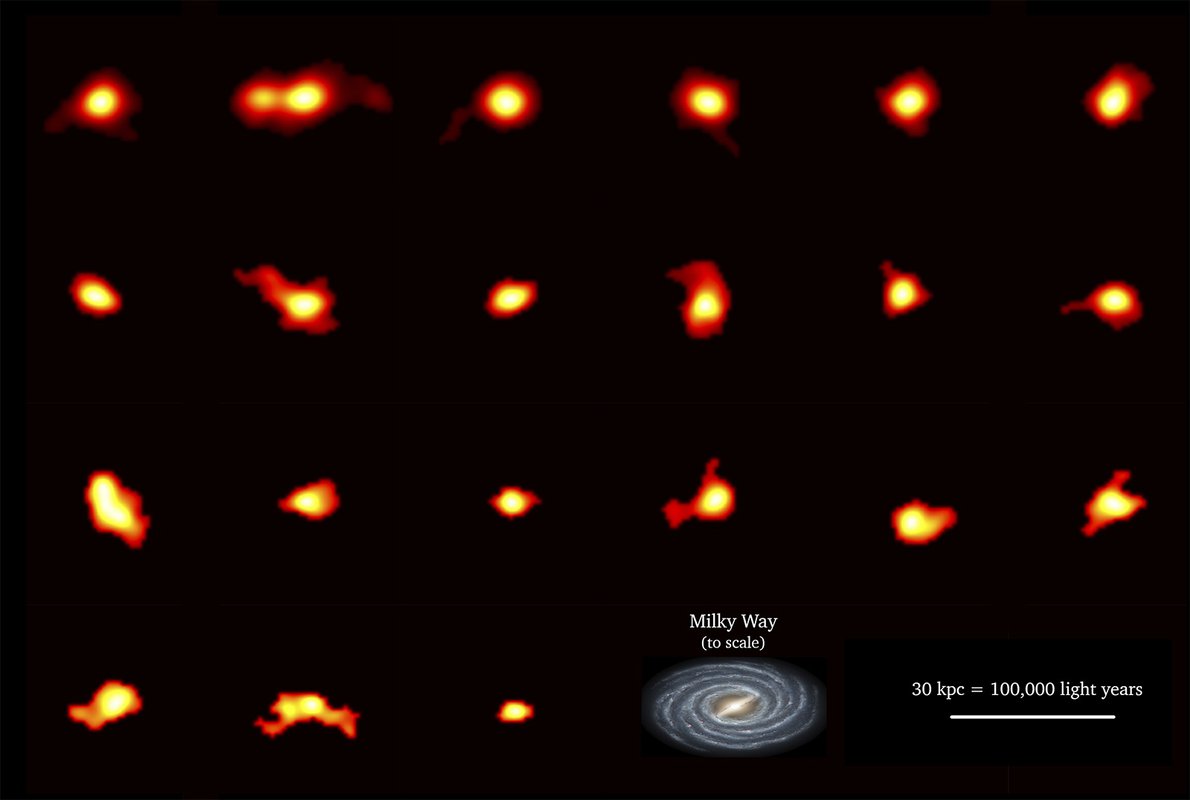

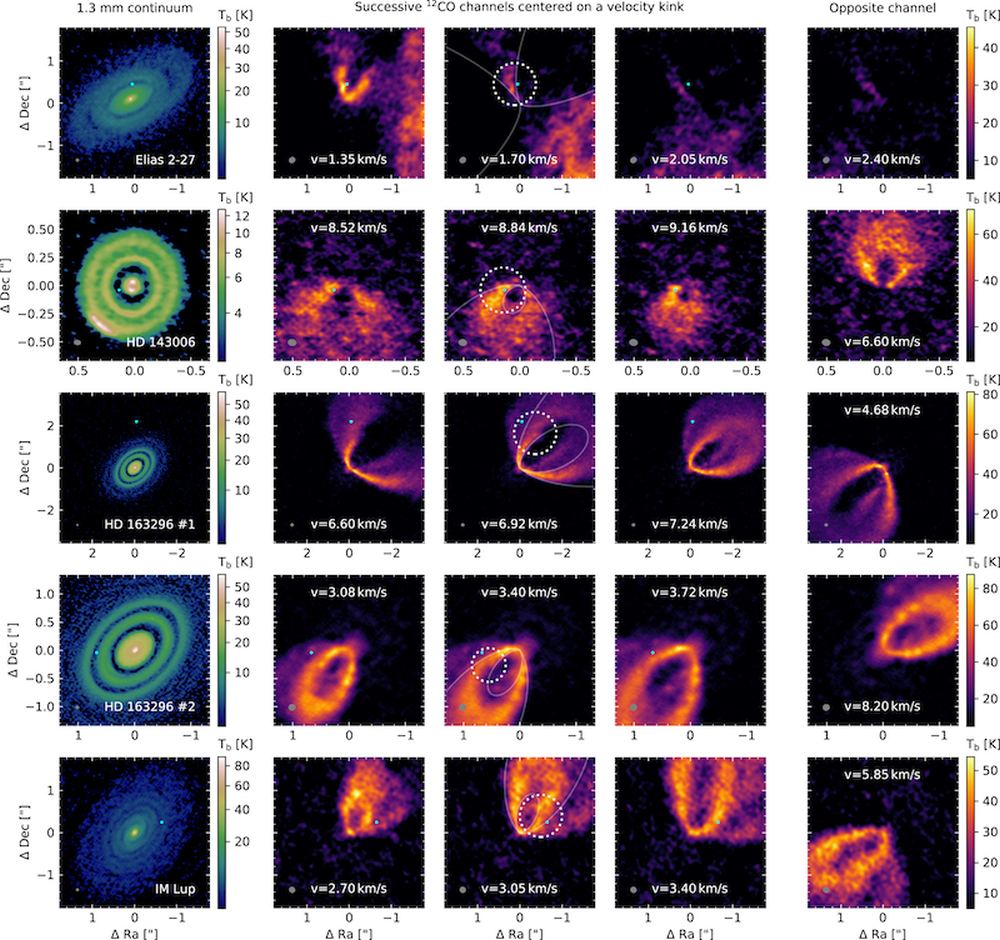
![Artist’s impression of one of the two stars in the FU Orionis binary system, surrounded by an accreting disk of material. What has caused this star — and others like it — to dramatically brighten? [NASA/JPL-Caltech]](https://www.universetoday.com/wp-content/uploads/2020/02/PIA20689_fig1.jpg)

